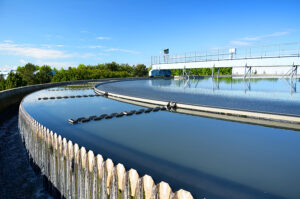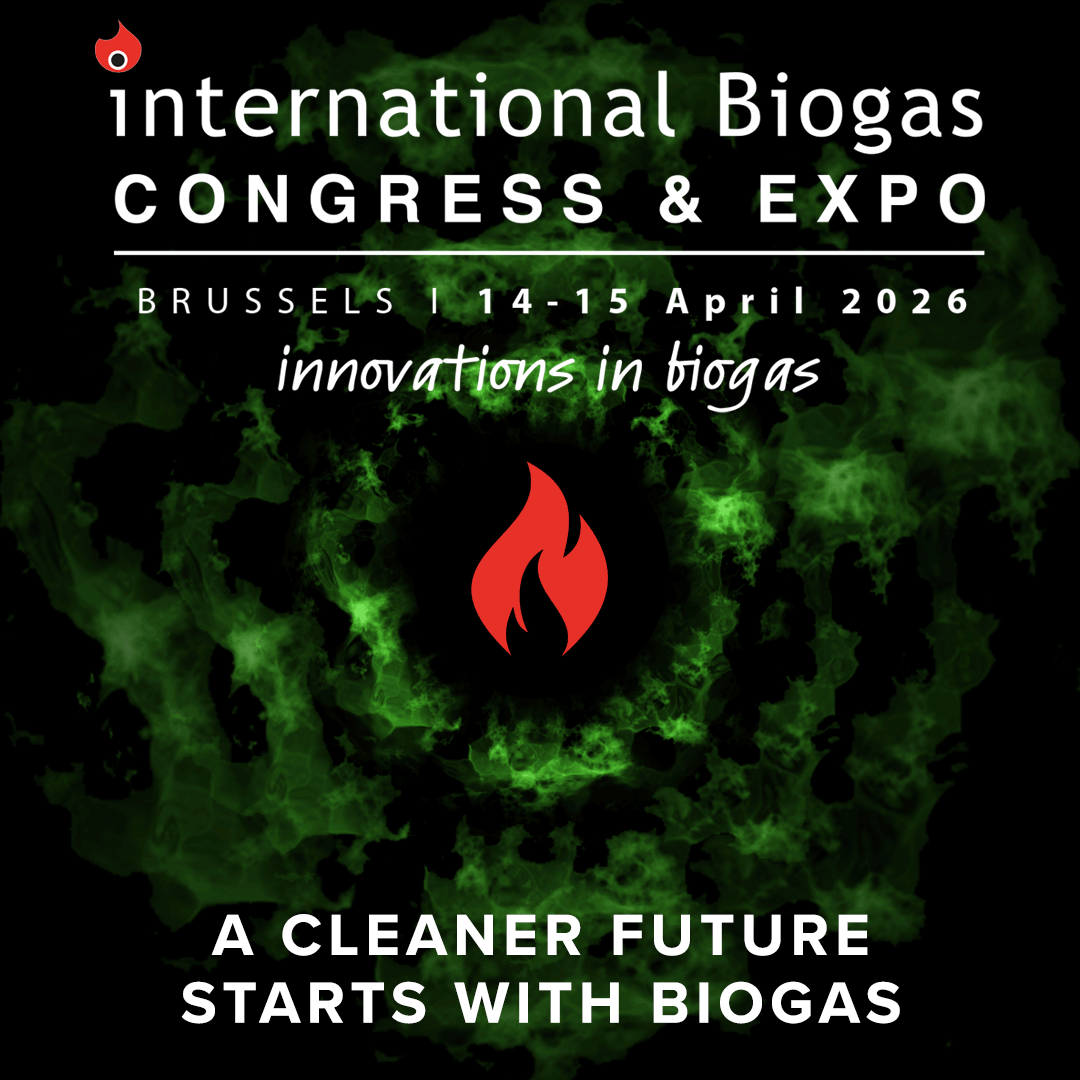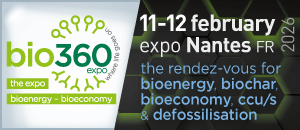New Sète wastewater plant boosts biomethane production

The Eaux Blanches plant, inaugurated on 14 June is designed to manage growing wastewater needs and act as a flagship project in the use of biomethane as a clean energy source.
Located in the environmentally sensitive Occitanie region, the plant forms part of a wider effort to modernise local sanitation infrastructure while supporting the circular economy.
With an investment of more than €64 million, the project was led by Sète agglopôle méditerranée, the Rhône Méditerranée Corse Water Agency, and Thau Maritima - a partnership between SUEZ and infrastructure investor Vauban.
One of the plant’s standout features is its ability to recover and transform organic waste into renewable energy, according to SUEZ. Each year, it produces around 500,000 cubic metres of biomethane - derived from the breakdown of sewage sludge. This energy is fed back into the national gas grid via the GRDF network, helping reduce dependence on fossil fuels and lowering carbon emissions.
The biomethane process is supported by additional energy optimisation systems. The facility is co-located with a waste-to-energy plant and industrial businesses, forming an integrated industrial ecology hub at the Val’Thau ecopole. Here, 2,800 MWh of recovered steam from waste incineration is used to dry sludge. From late 2025, this same steam will also be used to heat the plant’s digesters, improving the efficiency of gas production.
Once energy has been extracted, the residual sludge is turned into compost and used by local farmers.
Beyond biomethane, the plant is also equipped to reclaim treated wastewater. Over 60,000 cubic metres per year are already being reused by the adjacent energy facility, and by 2026, a further 540,000 cubic metres annually will support nearby industrial operations. These reuse initiatives are tightly regulated and provide a long-term solution to water scarcity in the face of rising demand and changing climate conditions.
Built to serve seven municipalities and designed for a population equivalent of up to 190,000, the plant operates with cutting-edge ultrafiltration membrane technology. This allows it to meet 'Class A' discharge standards, suitable for bathing water and critical to protecting marine ecosystems near the Mediterranean coast.

















